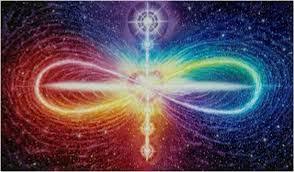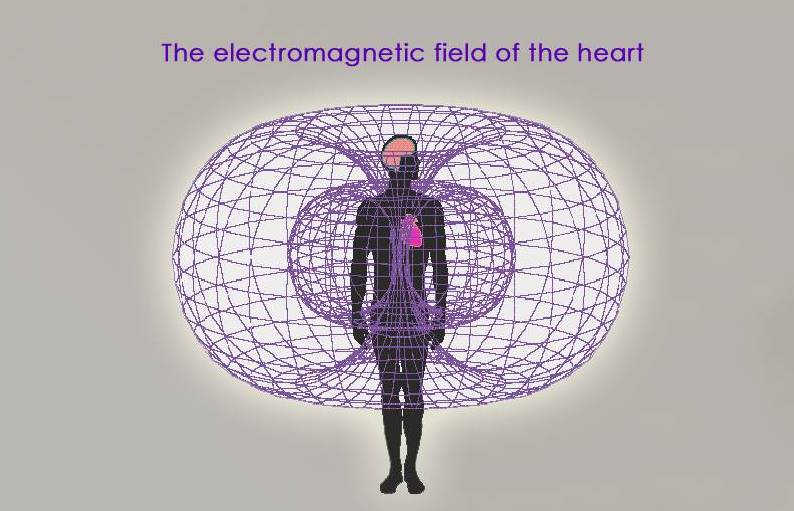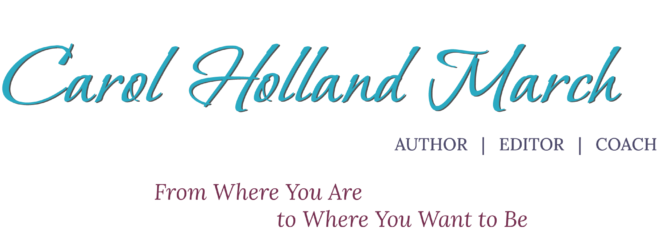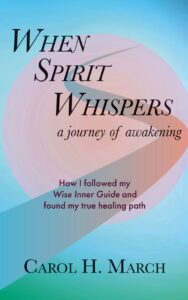
The ancient Egyptians and Greeks knew a lot about the human heart. They saw it as the seat of empathy and love, and the place to go when the intellect got stuck.
Modern science now confirms these intuitive beliefs about the physical heart as a source of inner guidance and even intelligence.
The physical heart is an information processing center, sending signals to the brain and the rest of the body. It has a complex nervous system, called the heart-brain, which talks to the head-brain. It produces a powerful electromagnetic field that is imprinted by our emotions. This explains why we sometimes perceive meaning intuitively through our heart faster than the head can process the same information.
The heart may be more important than the brain in calming the body, reducing stress, and increasing intuition. Getting the heart and brain to work in harmony is the key to living more peacefully.
The HeartMath Research Institute has developed tools to help us regulate our emotions and break the cycles of knee-jerk responses to stress. The beauty of their techniques is their simplicity. Anyone can use them to handle difficult emotions, change how they approach problems, and boost the immune system.
When heart and brain work together, that is called coherence, the opposite of feeling stressed. The more coherent our body systems are, the more we can rceive new ideas, understand connections, and experience the joy of expressing ourselves honestly.
Heart-brain coherence can be achieved at will by actively self-generating positive emotions like love, compassion, gratitude, appreciation, patience, and kindness.
Here is an example of a simple exercise you can do anytime you want to feel better, be more centered, and express more of your loving nature to those around you.
- Focus your attention in the area of the heart. Imagine your breath is flowing in and out of your heart or chest area, breathing a little slower and deeper than usual. Find a rhythm easy for you.
2. Activate and sustain a regenerative feeling such as appreciation, gratitude, love, care or compassion. Think of a beloved person, pet, experience, or place to generate the feeling.
3. Continue breathing in and out from the area of our heart, slowly and deeply. Radiate that renewing feeling to yourself and others.
Here is a link to a free video course that includes information, PDFs to download, and the basic HeartMath techniques.




 It’s right there. Behind that tree. In the shadow of the curtain in the room where you sleep. In your dreams, glowing with golden light.
It’s right there. Behind that tree. In the shadow of the curtain in the room where you sleep. In your dreams, glowing with golden light. 


 By now, we thought our lives would have settled into whatever the “new normal” turned out to be. That doesn’t ring quite true. Not with a new virus strain, economic and political challenges, and warm weather that is both pleasant and a harbinger of an uncertain future.
By now, we thought our lives would have settled into whatever the “new normal” turned out to be. That doesn’t ring quite true. Not with a new virus strain, economic and political challenges, and warm weather that is both pleasant and a harbinger of an uncertain future.
 Vein of Gold, metaphorically the hidden treasure of our lives, is the title of a Julia Cameron book on journaling our way to creativity and spirituality. Her books are for people seeking to uncover their art, who may be stuck, or lack confidence in their ability to bring forth their ideas.
Vein of Gold, metaphorically the hidden treasure of our lives, is the title of a Julia Cameron book on journaling our way to creativity and spirituality. Her books are for people seeking to uncover their art, who may be stuck, or lack confidence in their ability to bring forth their ideas.


 How we feel about ourselves influences our immune system. Candace Pert (Molecules of Emotion) and many researchers since have uncovered physiological mechanisms in our bodies that influence how we feel and how effectively we can fight off and recover from illness.
How we feel about ourselves influences our immune system. Candace Pert (Molecules of Emotion) and many researchers since have uncovered physiological mechanisms in our bodies that influence how we feel and how effectively we can fight off and recover from illness.



 An exercise I use with coaching clients moving through transition is to write their own epitaph. Some are put off by this exercise, but others embrace it. Some find it validates their choices, while others realize their current life does not reflect their true aspirations.
An exercise I use with coaching clients moving through transition is to write their own epitaph. Some are put off by this exercise, but others embrace it. Some find it validates their choices, while others realize their current life does not reflect their true aspirations.
 Writing for Release
Writing for Release